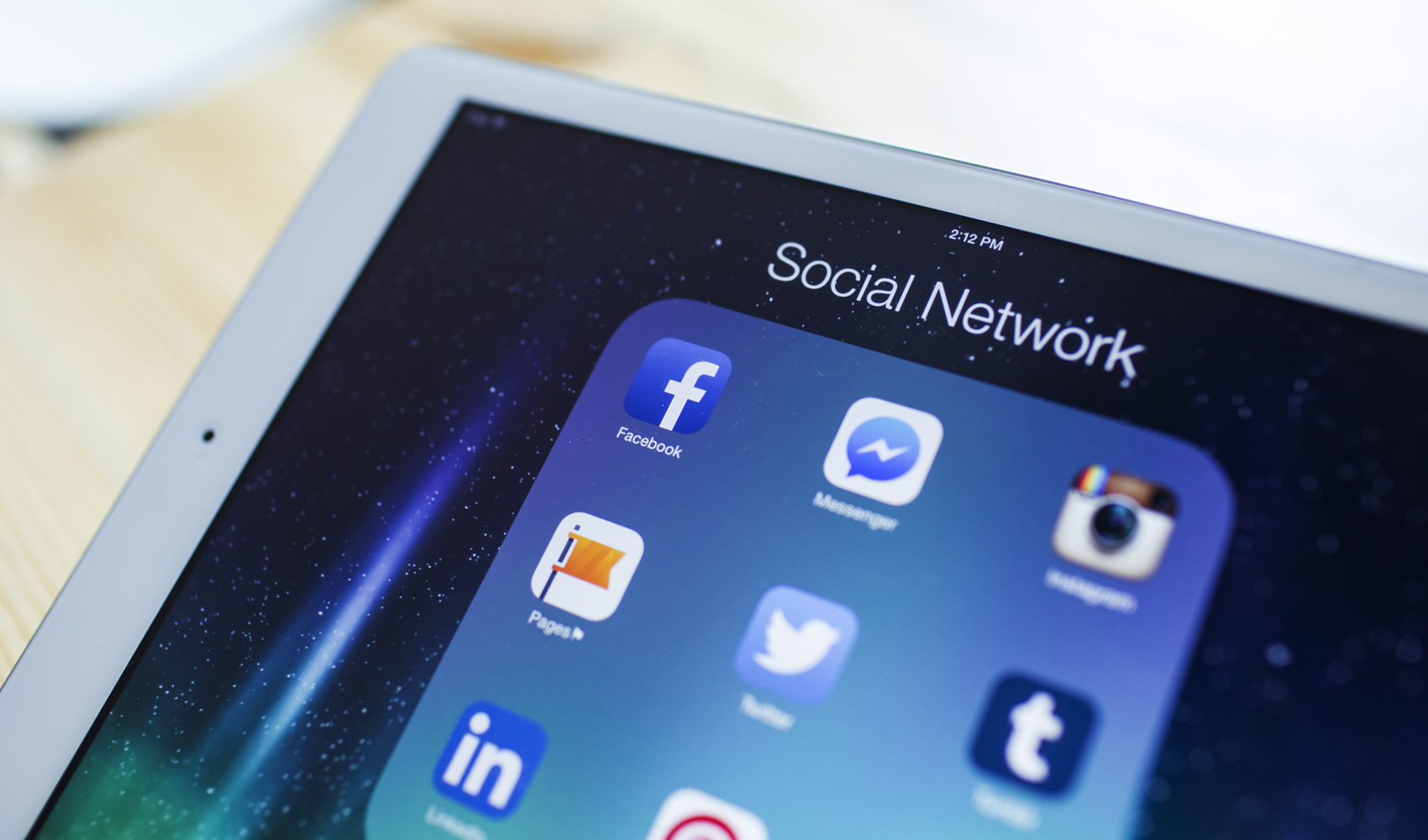Customer Support Channels: Which one is right for your customer?
By Tricina Elliker
Omnichannel customer support is all the rage. And it’s a great idea to offer many different options to appease many different personalities, but that’s not always an option for every budget — and besides, not every channel is created equal.
Every method comes with its own pros and cons that will either work for or against your company depending on the resources you have, your employees, and your target customer base. Ready to find the right channel for your needs? Read on.

The call center is often hated, but still necessary
Ah, the customer call center. The dreaded 1–800 customer support line is losing its reputation as the gold standard for customer support for a few reasons: new technology and poor design. A survey conducted by Consumer Reports National Research Center found that of the 88% of respondents who had called customer support in the last year, 57% hung up without any resolution to their problem. That’s more than half — WOW.
People who call customer support are looking to speak to a person, but instead they often find a lengthy phone tree menu, long hold times, and a scripted conversation with a representative who doesn’t seem to have any agency at all. After all, if they’re not even allowed to go off script, how much power could they really have?
But it seems the more some companies try to fix their call center procedures, the more they frustrate their customers. They try to offer more highly trained support staff, but that means they have to make the phone tree more complicated to route customers to the right department. They try to make customers feel heard by writing up some feel-good statements for their representatives to say. But the pre-approved words of camaraderie sound hollow and meaningless when read off a script. As Bruce Temkin deftly said in an article on Fortune: “You can’t script empathy.”
All that said, you can’t just give up on a direct way to speak with representatives. Even though fewer people are reaching out to these avenues first, that doesn’t mean they’d be happy to see the option disappear. The phone still handles 68 percent of customer issues. Every company needs a direct line to a person who can solve company problems with a personal touch. Whether that’s over the phone, or via video support (more on that below).
Even chat and email are losing their luster
In the mid-90s, when the internet hit mainstream, large companies began experimenting with a customer support system that used electronic mail and instant messaging over the internet — or as it was cringe-inducingly referred to then, the “Web”. The second these customer service technologies reached the mainstream consumer, businesses rushed to offer email and chat customer support channels.
But for the most part, both technologies failed to reach customer expectations. Email is just not well suited for issues that need immediate attention and customer service agents on chat are instructed to keep many, many different chat windows open at the same time in order to keep customer wait times down. As a result, customer service representatives on chat make mistakes and often take far too long to respond.
Still, there’s a lot that chat and email have taught us about how customers like to interact with support. Demographically, chat is preferred over calling a customer service number for people 34 years old or younger, less preferred for those 35 and older. Those numbers fail to take newer support channels into account, however, like social media, texting, and automated systems.

Social media customer support requires commitment
Social media is perhaps the most ubiquitous new tech in the customer service space, but it’s more complicated than a lot of brands realize, which is probably why so many brands struggle to make their Twitter channels successful.
On the one hand, Twitter, Facebook, and a few other social media platforms can provide personalized, immediate customer care that can help retain customers who may not have initially set out to deal with customer support. Many companies respond to customers who are simply venting about a product or service and manage to deescalate the situation and solve the original issue while building customer confidence in the brand.
Social media also has the advantage of being a public venue, so potential customers can see supportive customer service happening right out in the open, paving the way for customer acquisition.
On the other other hand, if your team isn’t available to respond to support issues fast, your company’s image can suffer. Even back in 2012, Gartner found that ignoring customers on social media had a 15 percent churn rate. And if your core customer base isn’t using Twitter or Snapchat or Facebook much, you obviously shouldn’t be, either.

Texting helps busy customers
As of yet, only a few companies are using texting as a means to communicate with customers. But their customers love texting customer support, once they realize it’s an option. At least 75% of consumers have already texted with a company and that percentage is likely to rise as more brands see how many common customer support issues SMS can solve.
Texting allows customers to avoid phone trees, hold music, and they don’t have to keep a chat window open or sit by their computer. They’re free to go about their day. Texting is faster too. Or, at least we perceive it to be that way. On average it takes a person 90 minutes to respond to an email, whereas it takes only 90 seconds for the average text response. So even if brands are responding to emails fast, consumers might not be realizing that if they aren’t checking their email often. In order to give your customers the real sense of how fast you’re addressing their questions and issues, texting is the way to go.
Mobile apps let customers help themselves
While many brands are reaching out to provide new ways for customers to reach them, other companies are offering self-service help software. Optimum, a popular internet service provider in the greater NYC area makes it easy for customers to do their own installations and troubleshooting without even contacting customer service. This might seem like a way of dropping the ball to some customers, especially older consumers or those who are less than comfortable getting into the firmware settings on their router. For these groups of consumers, self-service could lead to more frustration, and for them Optimum does still offer traditional support channels.
But for those with some tech skills, the self-service option makes it easy to skip over frustrating (and often mandatory) steps built into typical customer service calls. And the truth is that many of us use more self-service help than we might realize with the rising popularity of Apple’s Siri and Amazon’s Echo, more and more sophisticated software is providing intuitive, speedy customer service.

Video support gives 1-800 numbers a makeover
Perhaps the most interesting new possibilities, though, are the ones that allow customers to leap over the common hurdles involved in describing problems over the phone or via text, and use video. Obviously, we’re a bit biased here, but banks have been doing it for years. In 2013, ATMs all over the country began offering real time service from real tellers via video chat. The response has been positive. In fact, Accenture’s annual survey last year found that 48 percent of their respondents wanted a video chat option.
Some companies have discovered the value of video in more organic ways. Take August Home, an IoT company that makes smart devices for deadbolts and door bells started out addressing most customer service issues over email, and some by phone. But then, one day, while they were trying to solve a particularly tricky issue with a customer, someone thought to try video. It worked so well, the company has transitioned to using video chat as its primary customer service method.
“We’ve lowered out handle time by about 50%,” says Monika Aufdermauer, the Director of Customer Service Operations at August Home, Inc. “That’s just from the ease of being able to describe what customers needed to see and show them what they needed to do.”
Though video is a promising tool for the future of customer service, it’s only that: a tool. In order to make the most of its features, we have to learn from all the mistakes we made with other pieces of technology, like call centers and instant messaging.
Still, better tools will allow brands to provide better service to customers provided they understand their customers comfort and needs well enough to pinpoint exactly when and how to offer these new tools.
What customers really want
There are good reasons to be hopeful when it comes to customer support. Many companies with a long history of misunderstanding customer needs are finally taking notice and working to fix the problem — Comcast is a prime example. The company has received so much bad press for long wait times, convoluted phone trees, and obnoxious or rude agents who badger customers into staying with the service, that last year Comcast pledged $300 million to revamp their customer support.
Whether or not brands can accurately fix the deeper issues and learn from their mistakes rather than simply build some slapdash tools that happen to use text, software, or video will remain to be seen. But ultimately listening to your customers is still the golden rule.
If you’re a brand or even a customer, tell us about your best or worst customer service experience. Which channel did you use?






